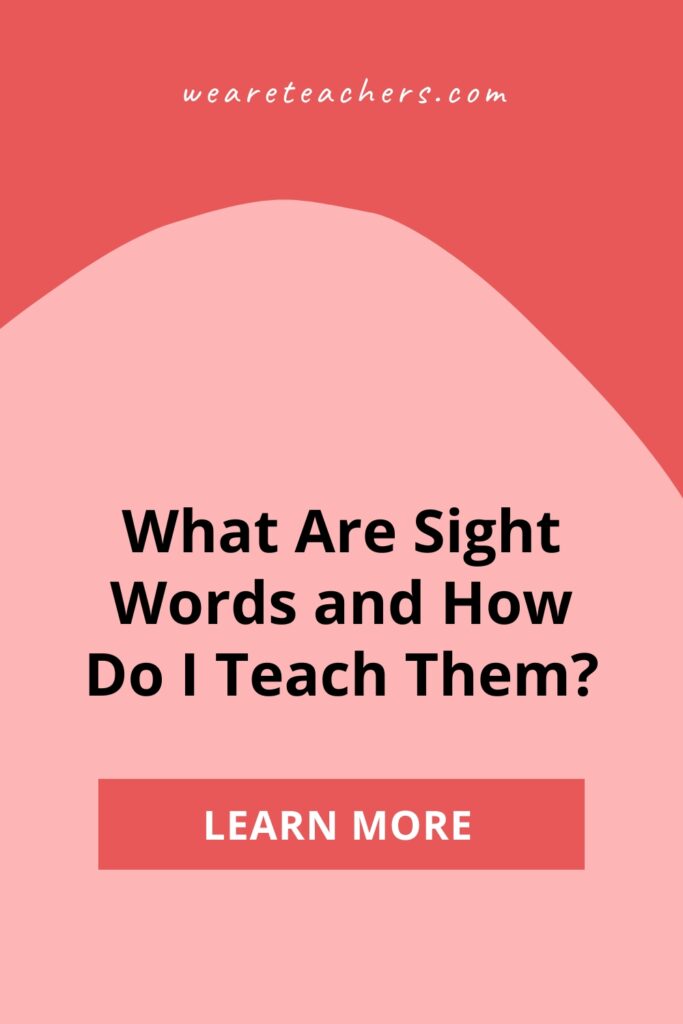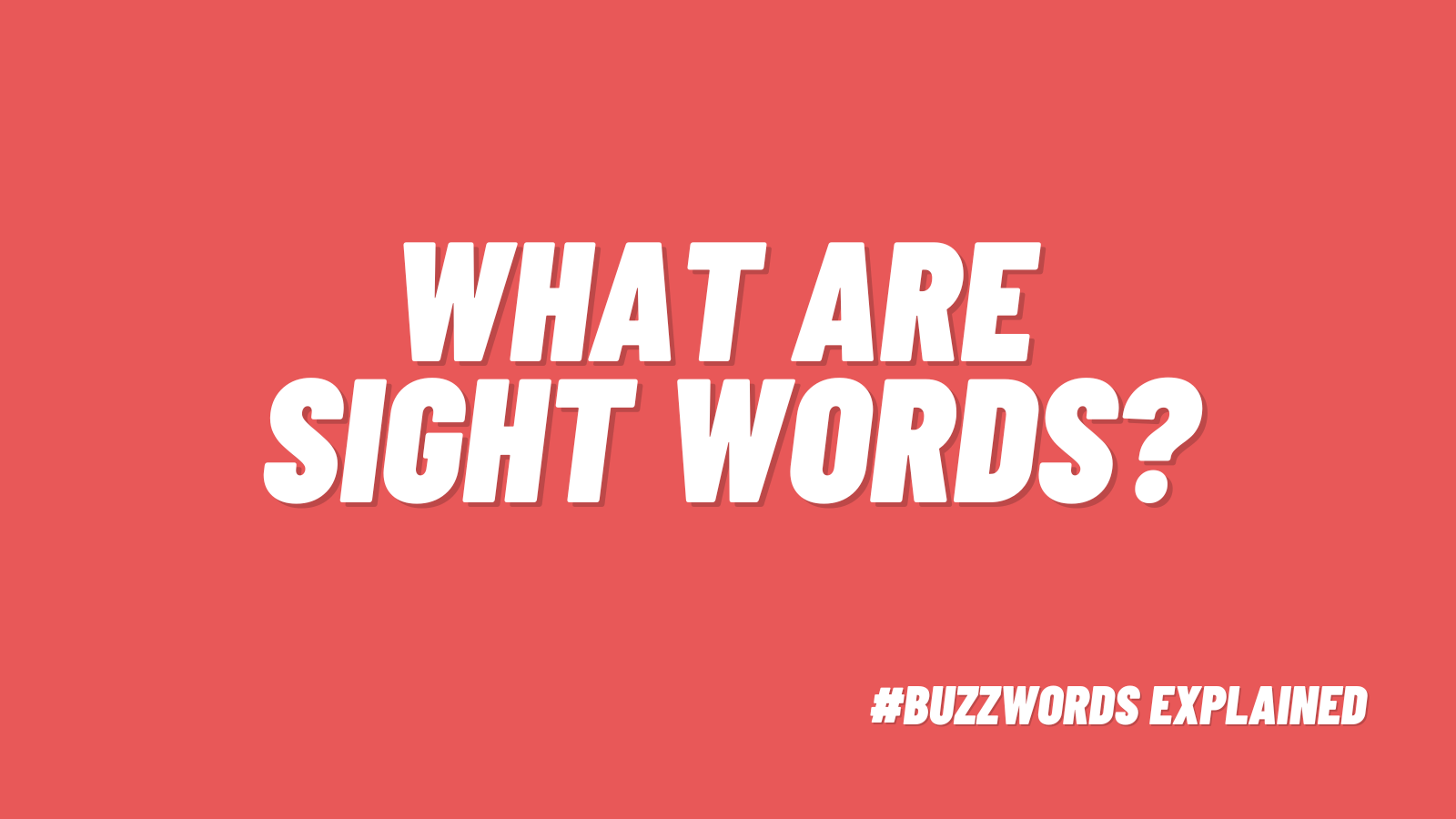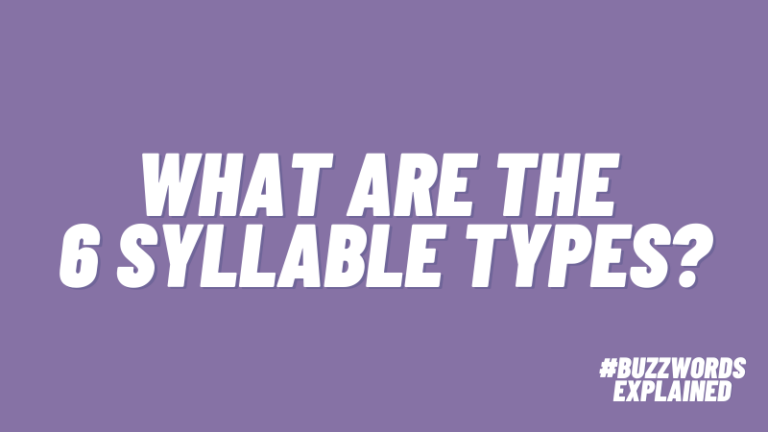Sight words, red words, heart words, trick words, popcorn words. Whatever you call them, they are an integral part of literacy instruction at any age. So, what are sight words? And how are they different from high-frequency words? Read on to learn more about how to bolster your instruction by encouraging students to read more words by sight.
What are sight words?
When we teach students to read, we teach them patterns and sounds so that they can read words quickly and automatically. Any word we can recognize at first glance is a sight word. As proficient readers, we don’t look at words and sound out each sound or syllable. Instead, the words become stored in our brains. This is known as orthographic mapping.
At first, readers must decode each word they encounter. They do this by using phonics techniques: sounding out letters, blends, and syllables. This is a slow and painstaking process at first, but it speeds up over time.
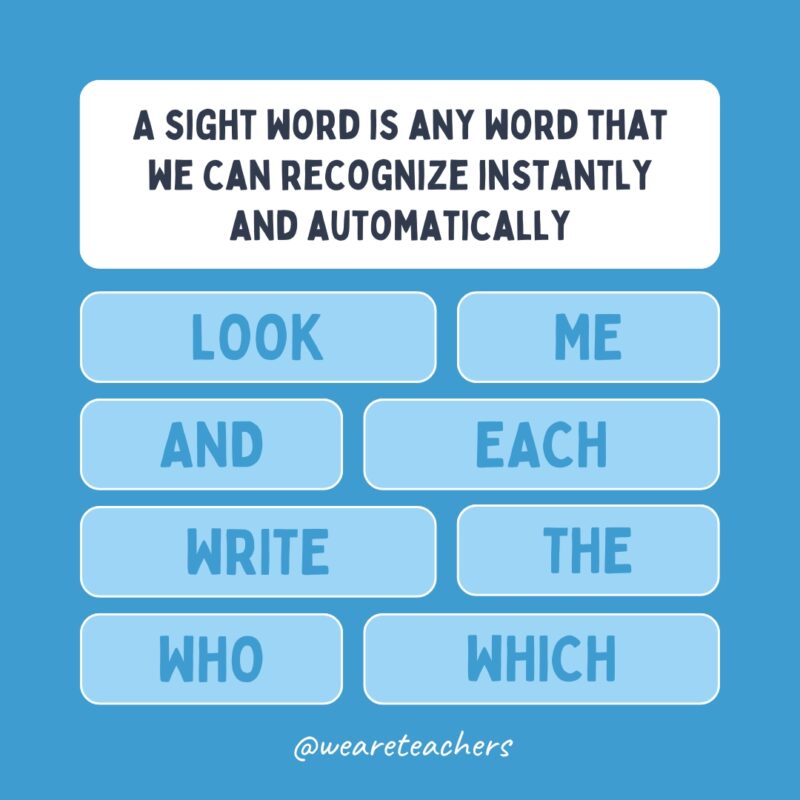
As students learn more about reading and spelling rules, however, they’ll know that the word “is” follows a predictable pattern, meaning it becomes decodable to them. But since the word is so common, chances are they’ve already learned the word by sight before they know the phonics rules to decode it.
Many sight words are decodable, meaning they follow the standard spelling rules or the predictable patterns of the six syllable types. These are words like “and,” “be,” and “go.” Kids can sound these out pretty easily, but since they appear so often, kids usually find it simpler to memorize them.
The more words students can read by sight, the more fluent they will be. Increased fluency and automaticity leads to greater comprehension, which is the main goal of reading. And when we can read more words by sight, without using so much mental energy to decode, it frees up our mind to think more about what we are reading. Here’s a video overview about sight words.
What’s the difference between sight words and high-frequency words?
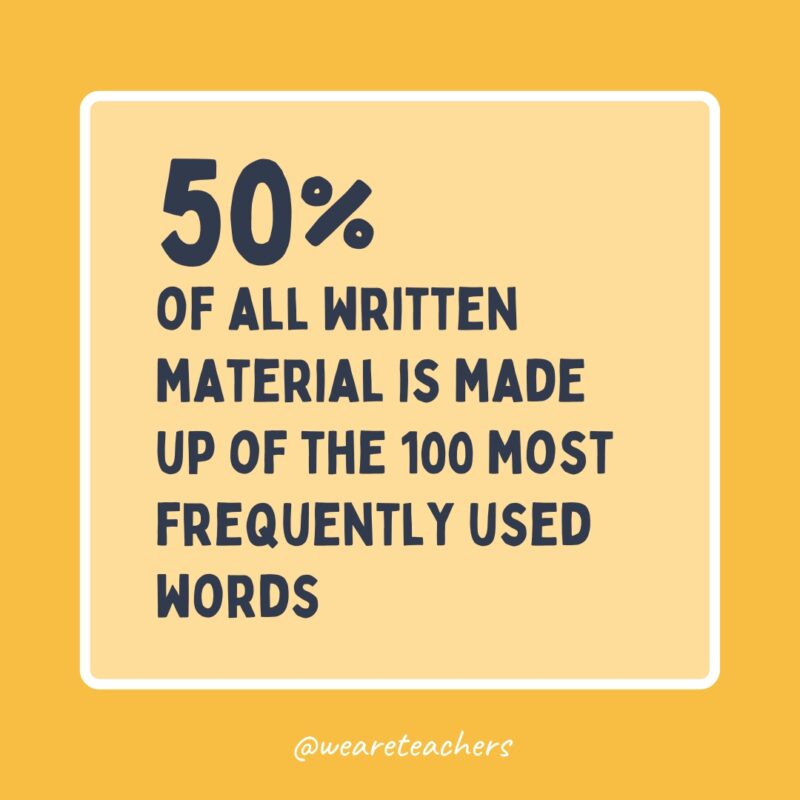
We often use these terms interchangeably, but technically there’s a difference. High-frequency words are those most commonly found in written language. They include words like “the,” “said,” and “or.” Fun fact: 50% of all written material is made up of the 100 most frequently used words, and the top 10 words account for 25% overall!
It’s helpful to teach some words by sight right away. Words like “is,” “of,” “you,” and “the” are among the top 13 most frequently used words in the English language. If you teach early readers these words from the beginning, the more text they can recognize, which in turn improves their reading skills.
High-frequency words can also be sight words. Because high-frequency words are so common, the more we encourage students to learn these words by sight, the more we set them up for success.
Sight words can be different for every reader. For example, a child’s name is likely to be a sight word for them. Many kids at age 3 or 4 can recognize their name instantly, or by sight, even if they can’t read any other words. A name is not a high-frequency word, but it is easily recognizable. Other words can become just as recognizable for students.
How can I teach sight words?
Use high-frequency word lists
Since we want high-frequency words to become sight words, we can use these lists to support our sight word instruction. Two of the most popular sources are Dolch Words and the Fry List. Dolch’s list is shorter, while Fry’s is more comprehensive. Here’s an overview of both.
During the 1930s and 1940s, Dr. Edward Dolch developed his word list, used for pre-K through 3rd grade, by studying the most frequently occurring words in the children’s books of that era. The list has 200 “service words” and also 95 high-frequency nouns. The Dolch word list comprises 80%> of the words you would find in a typical children’s book and 50% of the words found in writing for adults.
Dr. Edward Fry developed an expanded word list for grades 1–10 in the 1950s (updated in 1980), based on the most common words that appear in reading materials used in grades 3–9. The Fry list contains the most common 1,000 words in the English language. The Fry words include 90% of the words found in a typical book, newspaper, or website.
Explicitly teach words by pattern
One of the best ways to teach students early literacy skills is to explicitly teach patterns so they can be familiar. “Go,” “so,” “me,” and “he” are high-frequency words that would be helpful to know by sight when students are just starting to read. They may not know how to decode these yet, but if you teach them that they are open syllable words with a long vowel sound at the end, they will have a better chance of remembering them.
“School” is another example of a word kids may need to know by sight, but as they learn more advanced spelling patterns, it eventually makes more sense. In 2nd grade, students might learn that “ch” can be pronounced /k/ and “oo” is a vowel team that makes one of two different sounds.
Use sound boxes to map out a word
Making words visual helps students remember them better. You can use sound boxes, also known as Elkonin boxes, to color-code words in order to point out predictable and irregular elements to increase memory of these words and make them initially more accessible. This way they can become sight words more quickly.
Try it: Free Printable Elkonin boxes
Use a multi-sensory approach
We know how beneficial it can be to use different modalities to teach any subject. Our body-brain connection is so powerful! Arm-tapping sight words is a great way to help students map the words for both reading and spelling. Here’s an example of what that looks like:
Play games
Teachers, parents, and other educators have come up with dozens of ingenious ways to teach sight words! Check out our list of favorite sight word games and activities.
Looking for more literacy activities? Check out Fun Phonics Activities and Games for Early Readers.
Want more articles like this? Be sure to sign up for our free newsletters to find out when they’re posted!
